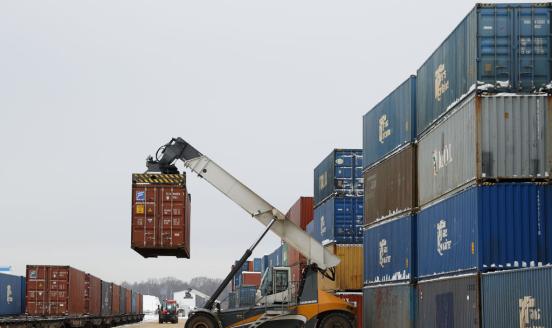Policy Lessons from the Eurozone Crisis
Co-authored by Chiara Angeloni and Silvia Merler.
The current European crisis has shed light on several weaknesses and the institutional incompletenes
Co-authored by Chiara Angeloni, Silvia Merler and Guntram Wolff.
The current European crisis has shed light on several weaknesses and the institutional incompleteness characterizing the euro area. The manifestation of Europe's fragility was preceded by a large build-up of debt in the private sector, associated with national current account divergences and the deterioration of competitiveness particularly of the euro periphery countries. With the economic situation deteriorating, private sector debt became less credible, contaminating banks' balance sheets and placing a heavy burden on governments. A sovereign-bank vicious circle emerged: on the one hand, with banking risk translating into higher sovereign risk because of the governments' guarantor role and, on the other hand, with the deterioration of government's creditworthiness affecting the banking systems through banks' sovereign bond holdings. In principle, this negative feedback can be stopped by breaking one of the channels of transmission. A banking union at the European level is proposed as one solution.
Published in 'The International Spectator: Italian Journal of International Affairs'. See the original publication in English here.


